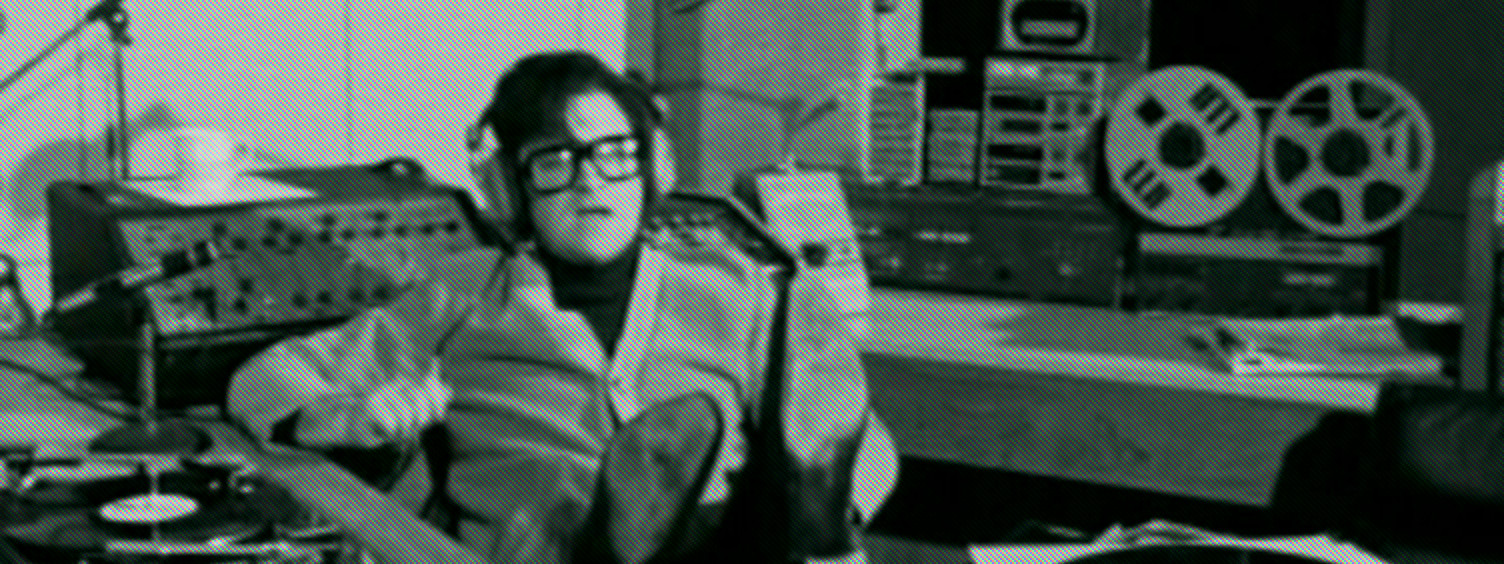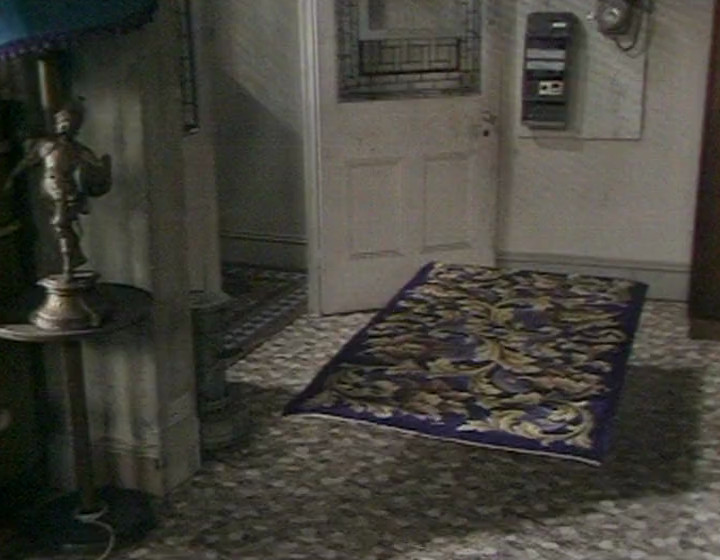Saturday the 12th April, 2014. I’m sitting in NC1, BBC One’s transmission suite. I’m not yet fully running things by myself; I’m still training. And one thing I’m still learning is how to safely and effectively transmit a live show on the channel.
Such as: The National Lottery. Specifically, the first episode of a new series of In It to Win It.
In It to Win It is a perfect example of why the idea of a “live” show can be more complicated than many might think. All the quiz section of the programme with Dale Winton was pre-recorded, but the lottery draw itself hosted by Kate Garraway is live. And yet in NC1, I wasn’t involved in cutting between the live and pre-recorded sections; as far as I was concerned, it was packaged up to me by production as a complete live show, coming in down the line like any other live programme.1
And as it was a live programme, that meant: talking to the programme’s PA, to go through all the details about that evening’s broadcast. Nothing is left to chance with these things. Of course we talk about some of the obvious things: crucial information like exactly what time they’re on air, and the duration of the show. We also do a clock check to make sure we both agree what the actual time is. (Yes, sometimes that is wrong.)
But we also need to know some less-obvious things, such as how the programme starts. This is crucial for a number of reasons. Firstly, it helps presentation choose the correct visual transition into the programme: “Oooh, that title sequence would probably look nice with a 10 frame mix.” It means you can check that what the continuity announcer is going to say makes sense into the start of the show. It also means you can make sure the production is cued up on the right thing a couple of minutes before air.
So, about half an hour before the live transmission, I buzz through to the The National Lottery PA over talkback. I’m a little nervous; I still haven’t done loads of live shows on the BBC yet. Not to worry – tonight the PA is very friendly, as they always were on the lottery shows. She says she doesn’t recognise my voice; I reply that I’m a new channel director, and I’m training today. We do most of our checks, and say goodbye for now.
A while later, she asks me if I’d like to see their rehearsal of the start of the show. This is common practice; I’ll often watch the rehearsals down the line to make sure all is OK with sound and vision. I agree, and turn the volume up on the incoming line.
In It to Win It‘s opening is a little complicated anyway; all the Dale Winton stuff at the top is pre-recorded, but Alan Dedicoat’s voiceover at the top is actually live. After all, he’s got to voice the lottery numbers later on, so why not do it live?
Below is the entire show on that particular day, as transmitted. “Now please welcome your host – it’s Dale Winton!”
But that’s not what Alan said at the top of the show during rehearsal. Because that production wanted to do something special for me, as I was new. Instead, he uttered the immortal words:
“Now please welcome your host – it’s John from Presentation!”
In my ten years of directing the BBC channels, it remains one of the nicest, kindest things anybody has ever done for me. Going out of their way to do something like that, just because they knew I’d get a kick out of it.
It made me feel part of something special. And I’ve never forgotten it.
Read more about...
best of


